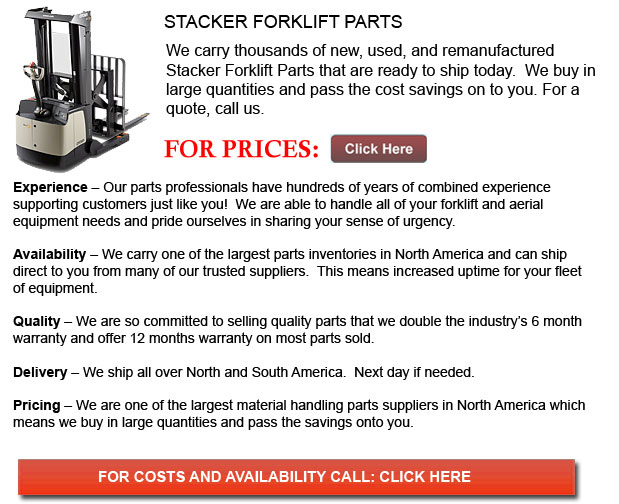
Electric stackers, a sort of compact forklift specialized in order to maneuver within smaller spaces, were utilized to make loading and lifting a lot easier on warehouse staff. Wide flat items like for instance slabs, pallets and tubes are transported utilizing this piece of heavy equipment. There are metallic prongs jutting out horizontally from the body of the electric stacker that make use of a hydraulic lift system in order to move up and down a vertical shaft. There are wheels on this machine to be able to enable the driver to easily place the prongs below an item and lift and transfer it to a different location.
Construction facilities use stackers for transporting materials. Huge earth movers are normally essential for work on building foundations, while the building infrastructure might usually be handled by an electric stacker. Extremely heavy pallets of huge wall and floor parts, for example, could be transported safely and effectively using a stacker.
An essential machinery in environments in which pallets are typically utilized, electrical stackers can effectively move and stack boxes and crates containing numerous things. Stackers are relied upon in order to consolidate order content inside a warehouse and retrieve things, enabling the driver to transfer quite a lot of items instantly compared to moving each and every individual box.
Previous to the creation of electric and gas stackers, personnel used to rely on a pulley system for loading heavy materials onto trucks for transport. Even though the pulley systems worked efficiently, they were extremely dangerous and needed a lot of manpower to operate. The creation of electric stackers made the workload more efficient as it freed up a lot of personnel since just one person is required in order to work it. Electrical stackers offer much more safety in the workplace for loading heavy equipment and materials.
Electrical stackers are easy to operate, consisting of both a pulling and a steering handle. All electric stacker models are on wheels and weigh only more than eight hundred pounds or three hundred sixty four kilograms. The unit comes complete along with a hand break utilized for easy stopping and placement. Nearly all electrical stackers function on a hydraulic system. The average lifting capacity is more or less one thousand two hundred kilograms or two thousand five hundred forty five pounds, making them helpful within warehouse places where heavy supplies are often stacked. The length of the blades is roughly 3.67 feet and width 1.87 feet and the tine base itself is roughly 3.91 feet. The average unit has a turning radius of 5.82 feet allowing them to fit into limited locations.
Several electric stacker models have remarkable lifting power with capacities to pick up 408 kg or 900 lbs to a height of about 4.26 feet. Trying to accomplish this utilizing a pulley system and manpower alone would need about 5-6 men to be able to lift this same weight to the same height. Allowing for quicker stacking of objects with a usual speed range of 39.73 feet per second or 12 meters per second, they are an important warehouse device. Many electric stackers have a heavy duty electro-hydraulic power pack as standard equipment, allowing them to complete this same amount of work a lot faster. Nearly all electric stackers come along with a 12 volt battery and are rechargeable, although they are developing all the time. These big stackers are utilized in shipyards so as to aid in loading ships, although there are also stackers small enough to be utilized in a homeowner's garage.
![]() Click to Download the pdf
Click to Download the pdf
Forklift Parts
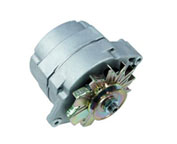
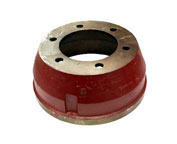
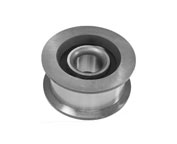

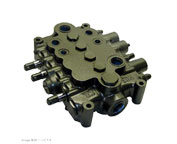
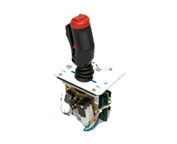
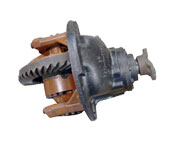
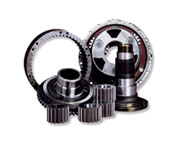
Parts Express
TOLL FREE: 1-888-695-7994
forkliftpartscalifornia.com
Email Us
About Us


